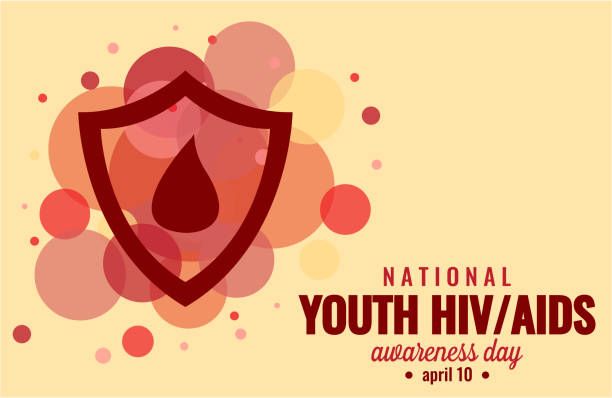Youth HIV Awareness Day: Understanding and Addressing Youth HIV
The CDC's take on the importance of HIV awareness and testing among our youth.
Youth Hiv/Aids awareness day background.
Image Credits: Unsplash

In the US, a significant portion of new HIV diagnoses involves young individuals between the ages of 13 and 24, highlighting the need for awareness and testing. Despite the urgency, a minimal percentage of high school students have undergone HIV testing, underscoring a gap in prevention efforts. The lack of awareness is particularly concerning, with several young people unaware of their HIV status. This unawareness impedes their access to preventive resources or necessary medical treatment to manage the virus effectively.
Medical treatment for HIV aims to reduce the virus levels to undetectable amounts, ensuring individuals can lead healthy lives. This underscores the key necessity of testing, which not only aids in connecting youth to preventive measures and vital health services if they test positive.
Behavioral Risks and Prevention Strategies
Recent trends indicate a decrease in sexual risk behaviors among high school students, including a reduction in those who are sexually active and those who have ever had sexual intercourse. However, a decline in condom use and the impact of substance use on engaging in high-risk behaviors, increase the vulnerability to HIV and STDs. Certain groups, including LGBQ+ youth, face higher risks and negative health outcomes, emphasizing the need for targeted support and interventions.
The Role of Schools and the CDC in HIV Prevention
Schools play an important role in educating students about HIV and promoting behaviors that reduce the risk of infection. By implementing prevention programs schools can impact students' health choices and behaviors. The CDC supports these efforts through its adolescent and school health program, reaching students and emphasizing primary prevention within the education system. 1
To combat HIV effectively, young individuals must take steps, including educating themselves about HIV, engaging in open conversations about sexual health, and undergoing regular HIV testing as recommended by the CDC. For those who test positive, seek treatment, adhere to medical advice for their health, and prevent the spread of the virus.
Two years ago, Contagion interviewed Aimalohi (Aima) Ahonkhai, MD, MPH assistant professor of Medicine, Division of Infectious Diseases, Vanderbilt University Medical Center (VUMC), co-director, Center for AIDS Research Scientific Working Group on Social Determinants of Health, and co-director, HIV Adolescent Transition Clinic, she stated:
“We know that young people especially in that adolescent and young adult age range really do much worse when compared with adults and younger children in terms of their HIV outcomes being at a really very challenging developmental stage—we all know that about adolescents—but managing a chronic disease, that is also a stigmatizing disease, they tend to have a lot of challenges with medication adherence, which we know is the single most important thing for doing well with HIV, and not having complications from infection.” 2
Addressing HIV among youth requires a concerted effort from individuals, schools, and national health organizations. Through education, open dialogue, and accessible testing and treatment options, strides can be made toward reducing the impact of HIV on young lives.
References
- CDC. HIV Testing and Youth. Adolescent and School Health. Published March 26, 2024. Accessed April 9, 2024. https://www.cdc.gov/healthyyouth/youth_hiv/hiv-information-and-youth.htm
- Parkinson J. National Youth HIV and AIDS Awareness Day is an Opportunity to Celebrate Strides, Educate These Populations. Contagion. Published April 10, 2022. Accessed April 10, 2024. https://www.contagionlive.com/view/national-youth-hiv-and-aids-awareness-day-is-opportunity-to-celebrate-strides-educate-these-populations
